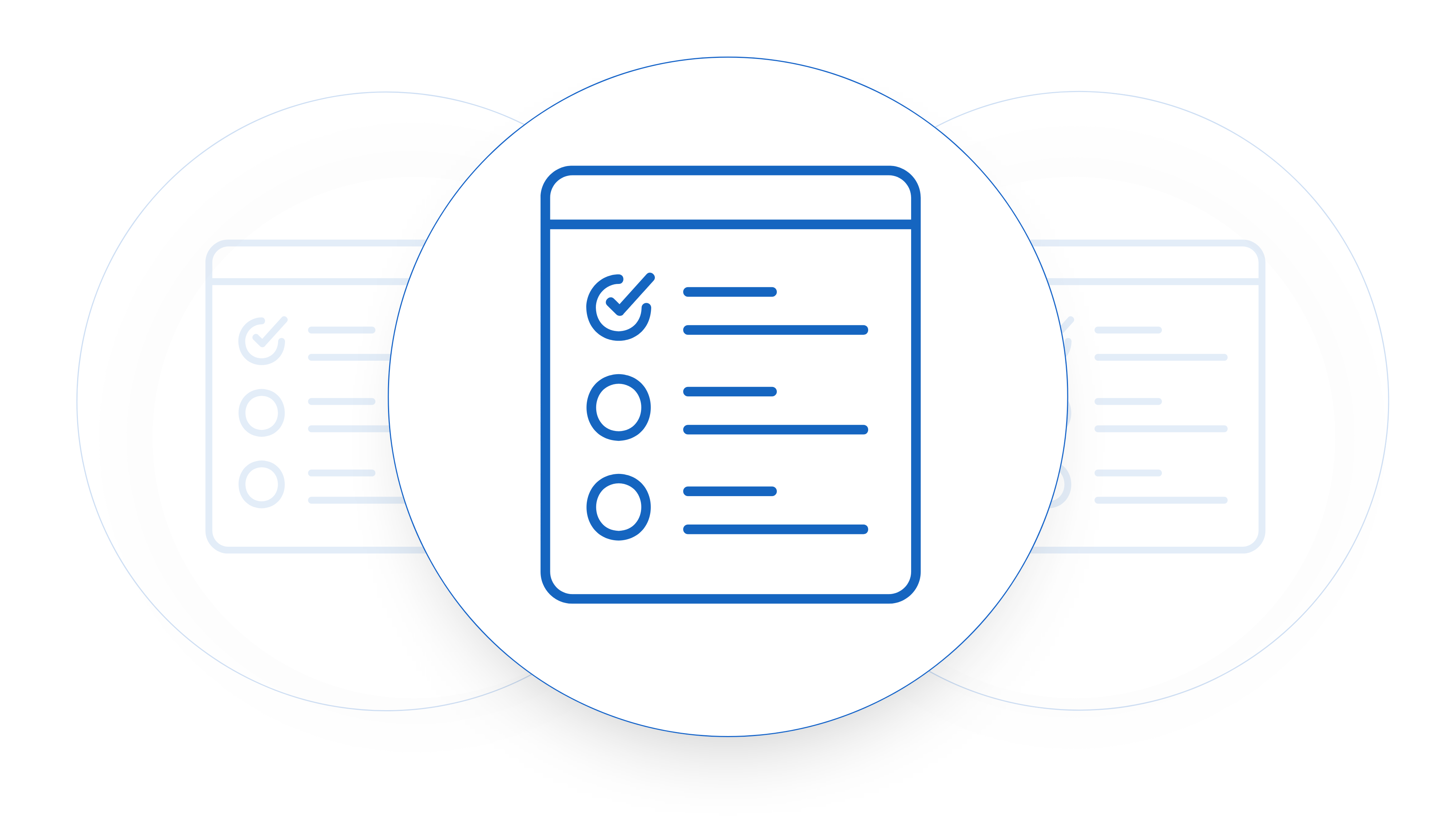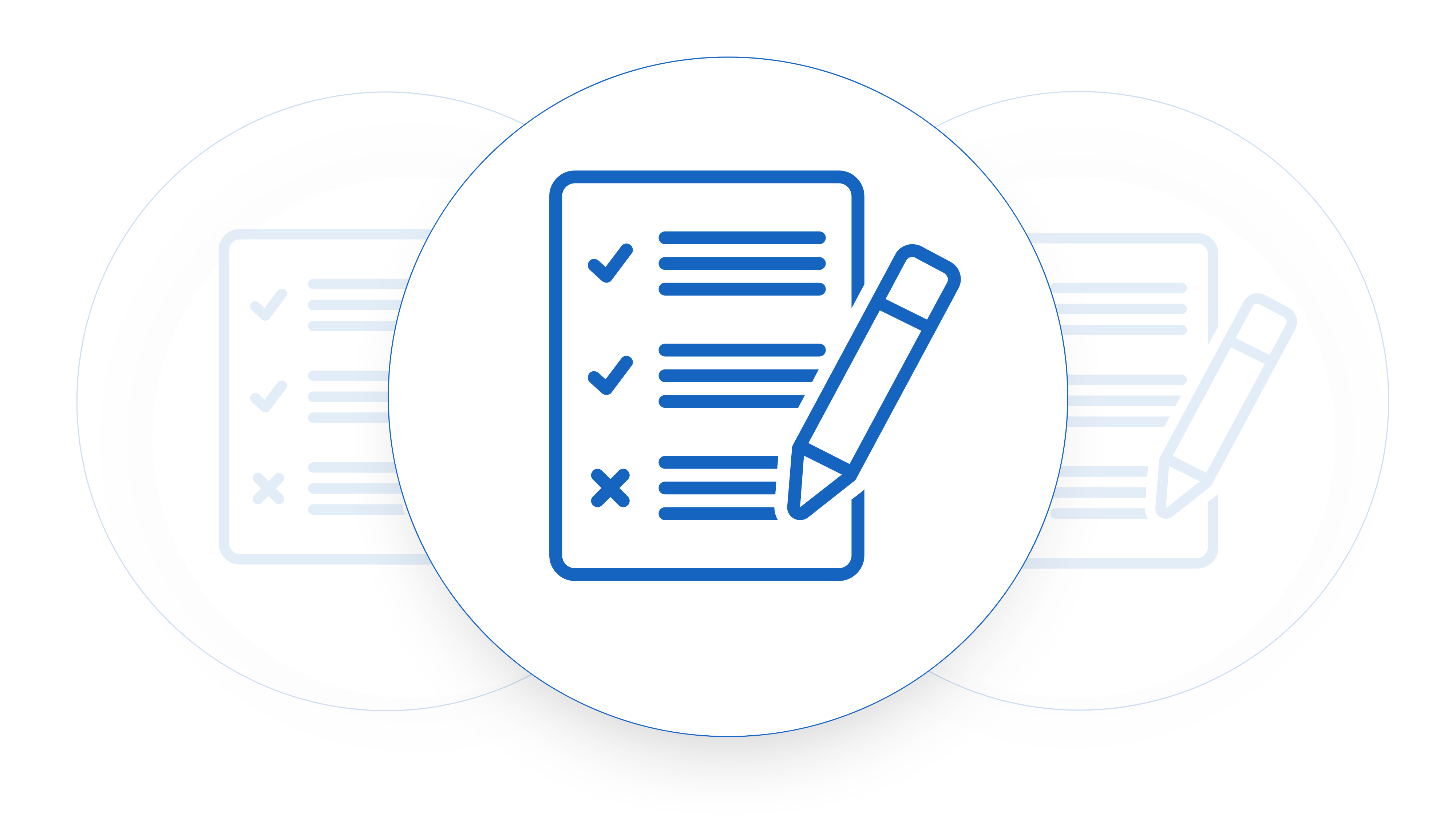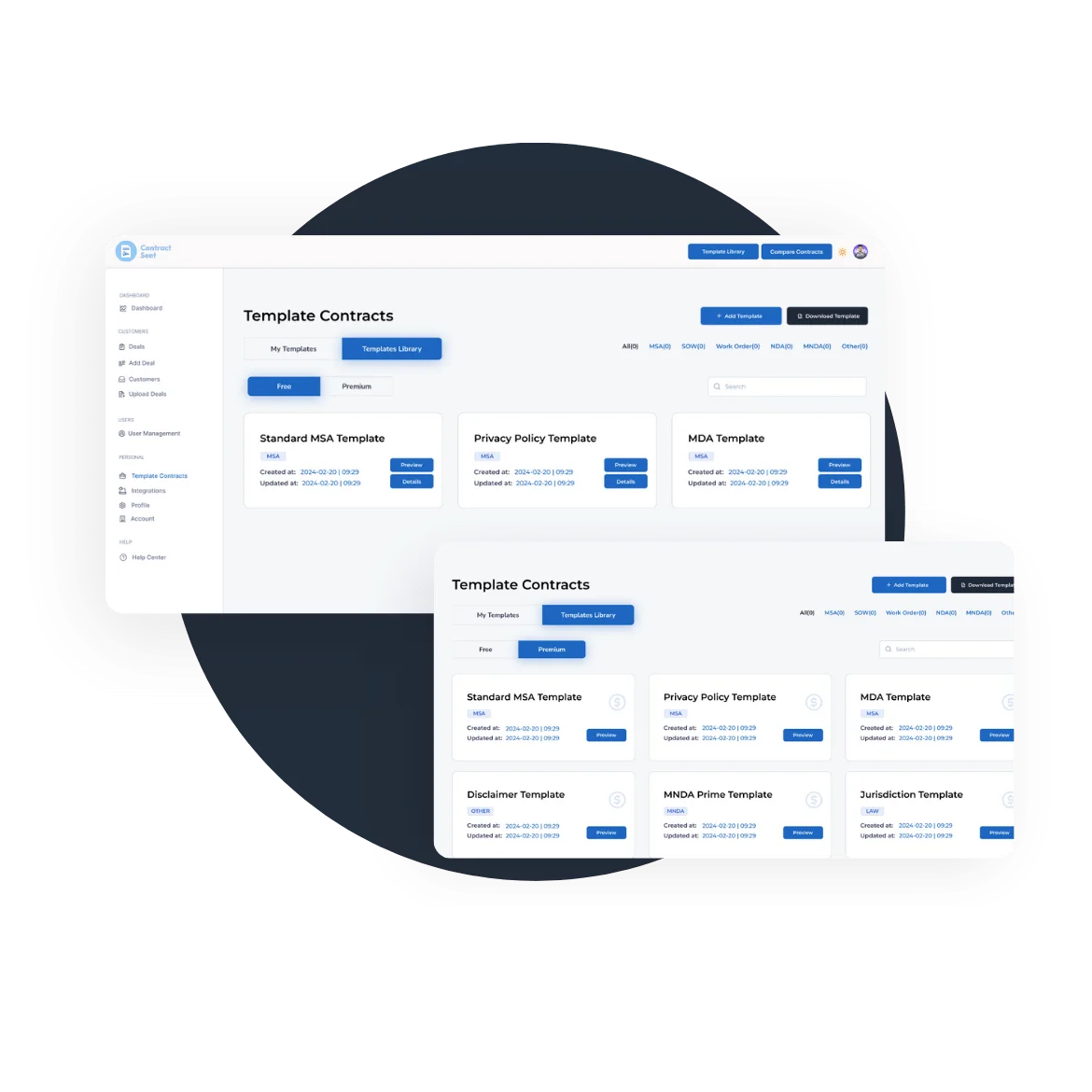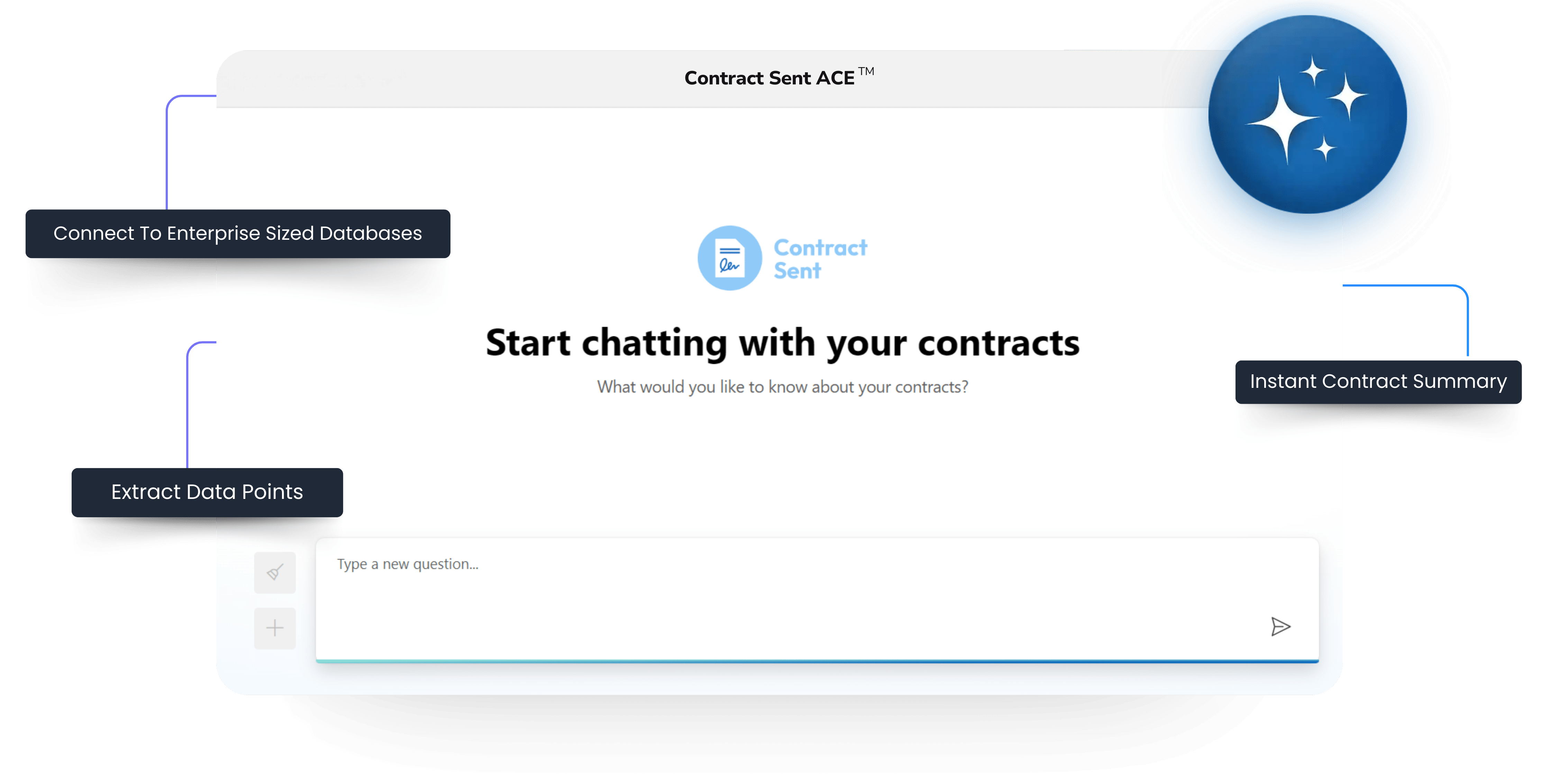In today’s business landscape, understanding and integrating Environmental, Social, and Governance (ESG) principles is becoming increasingly crucial. For small businesses, navigating the jargon and key terms associated with ESG can be daunting. This guide aims to demystify ESG concepts and provide a clear glossary tailored for small business owners.
What is ESG?
Environmental, Social, and Governance (ESG) refers to the three central factors in measuring the sustainability and societal impact of an investment in a company or business. These criteria help to better determine the future financial performance of companies (return and risk).
Key ESG Terms for Small Businesses
Environmental
- Carbon Footprint
- Definition: The total amount of greenhouse gases (GHG) emitted directly or indirectly by activities or products.
- Relevance: Small businesses can reduce their carbon footprint by adopting energy-efficient practices and using renewable energy sources.
- Renewable Energy
- Definition: Energy from sources that are naturally replenishing such as solar, wind, and hydroelectric power.
- Relevance: Investing in renewable energy can lower operational costs and enhance your business’s sustainability profile.
- Waste Management
- Definition: The process of handling waste materials from inception to disposal.
- Relevance: Effective waste management can reduce environmental impact and improve operational efficiency.
- Sustainable Sourcing
- Definition: Procuring materials and products in a way that does not harm the environment or deplete natural resources.
- Relevance: Small businesses can build a positive brand image by sourcing sustainably and supporting eco-friendly suppliers.
Social
- Corporate Social Responsibility (CSR)
- Definition: A business model that helps a company be socially accountable to itself, its stakeholders, and the public.
- Relevance: Implementing CSR initiatives can improve community relations and customer loyalty.
- Diversity and Inclusion
- Definition: Policies and practices that promote the representation and participation of different groups of individuals.
- Relevance: A diverse and inclusive workplace can enhance creativity, problem-solving, and employee satisfaction.
- Employee Well-being
- Definition: The overall mental, physical, and emotional health of employees.
- Relevance: Prioritizing employee well-being can lead to higher productivity and reduced turnover rates.
- Community Engagement
- Definition: The process of working collaboratively with community groups to address issues affecting their well-being.
- Relevance: Engaging with the community can strengthen your business’s local presence and reputation.
Governance
- Transparency
- Definition: Openness in communication and operations, providing stakeholders with clear, accurate information.
- Relevance: Transparency builds trust with customers, investors, and employees.
- Ethical Practices
- Definition: Conducting business in a manner that is consistent with ethical standards and principles.
- Relevance: Ethical practices can prevent legal issues and enhance your business’s reputation.
- Risk Management
- Definition: The identification, assessment, and prioritization of risks followed by coordinated efforts to minimize, monitor, and control the probability or impact of unfortunate events.
- Relevance: Effective risk management can safeguard your business against potential threats and uncertainties.
- Compliance
- Definition: Adherence to laws, regulations, guidelines, and specifications relevant to your business.
- Relevance: Ensuring compliance can prevent legal penalties and foster a culture of integrity.

Looking for a contract template?
Browse our 150+ prebuilt customizable contract templates and find the one that suits your needs perfectly.
Implementing ESG in Small Businesses
Step 1: Assess Your Current Position
Conduct an ESG audit to understand your current impact and identify areas for improvement.
Step 2: Set Clear Goals
Define specific, measurable, achievable, relevant, and time-bound (SMART) goals for your ESG initiatives.
Step 3: Develop a Strategy
Create a comprehensive plan that outlines the steps needed to achieve your ESG goals, including resource allocation and timelines. For example, you can utilize Contract Tracking Software to monitor your progress in ESG-related projects and ensure you stay on track.
Step 4: Engage Stakeholders
Involve employees, customers, suppliers, and the community in your ESG efforts to gain support and insights.
Step 5: Monitor and Report
Regularly track your progress and report on your ESG performance to maintain transparency and accountability. Tools like AI Contract Data Extraction can help you streamline data collection for your reporting.
Benefits of ESG for Small Businesses
- Enhanced Reputation
Demonstrating a commitment to ESG can improve your business’s reputation and attract customers who value sustainability and ethical practices. - Cost Savings
Implementing energy-efficient practices and reducing waste can lower operational costs. - Employee Satisfaction
A focus on social aspects such as diversity, inclusion, and well-being can lead to a more motivated and productive workforce. - Risk Mitigation
Effective governance practices can help identify and mitigate risks, ensuring long-term business stability. - Access to Capital
Investors are increasingly considering ESG factors in their decision-making process, which can improve your chances of securing funding. Many investors look at governance practices as an indicator of business stability, which can be supported through tools like Contract Comparison Tool.
Using Technology to Support ESG Initiatives
Integrating the right technology can help streamline your ESG efforts. Tools such as AI Sales Contract Drafting allow you to automate repetitive tasks, reduce errors, and stay compliant with regulatory standards.
By leveraging these tools, your business can enhance transparency, improve governance, and remain aligned with ESG goals without compromising on efficiency.
Integrating ESG principles into your small business operations is not just a trend but a necessity in today’s market. By understanding and implementing the key terms and practices outlined in this guide, you can enhance your business’s sustainability, improve stakeholder relations, and achieve long-term success. Start your ESG journey today and make a positive impact on the environment, society, and your business’s governance.












